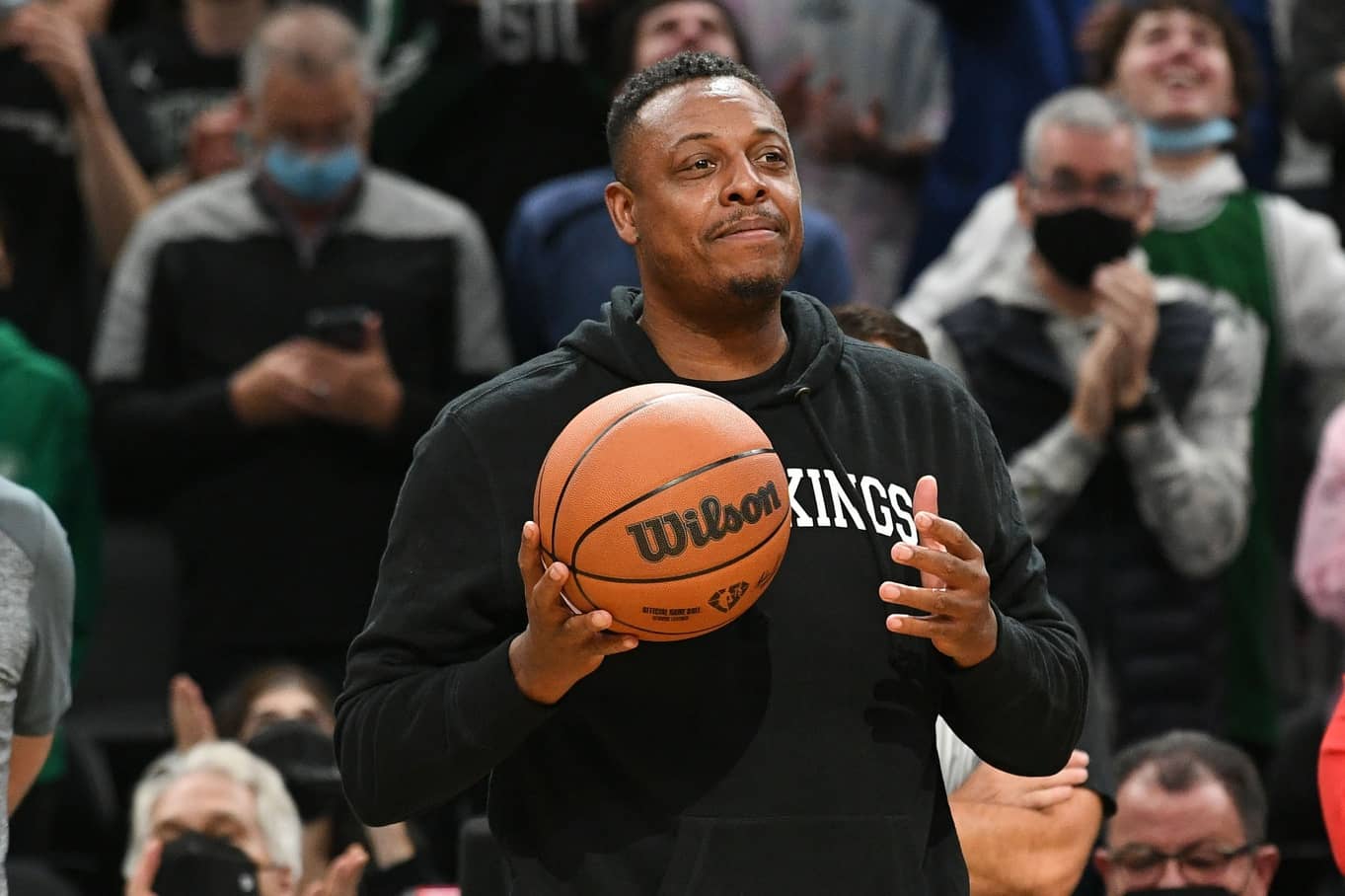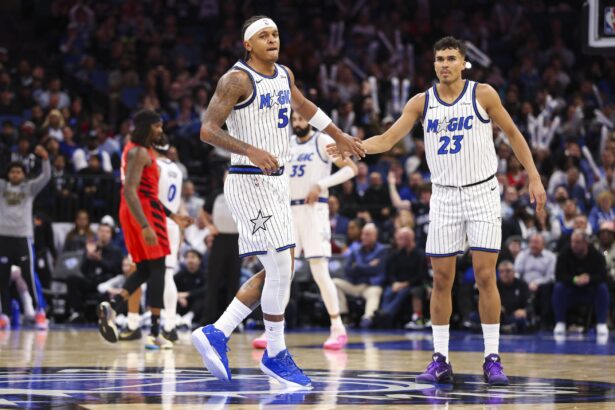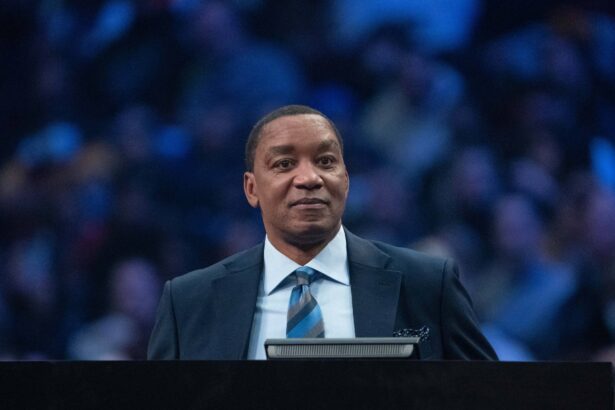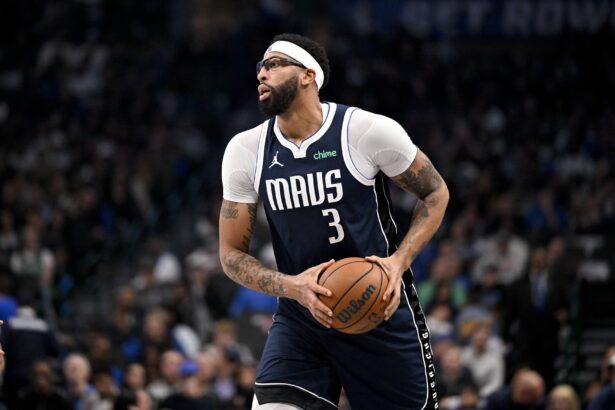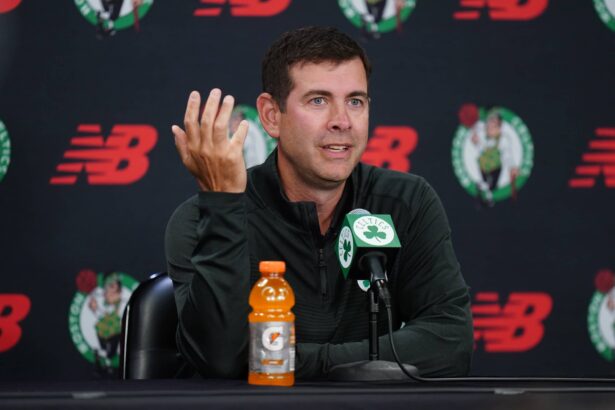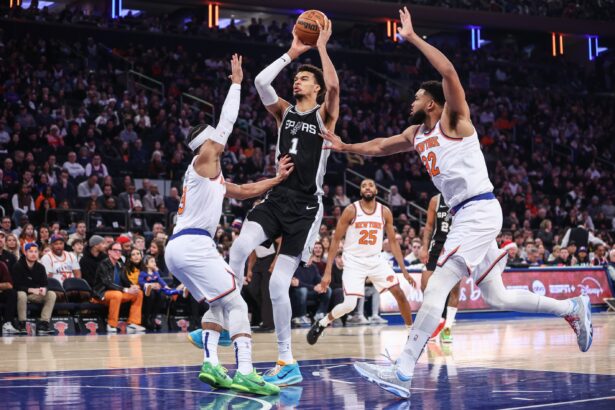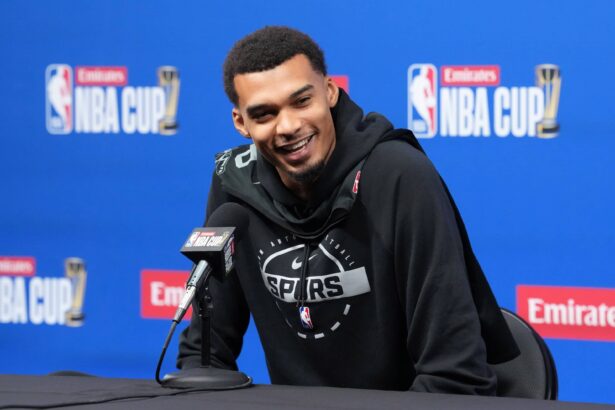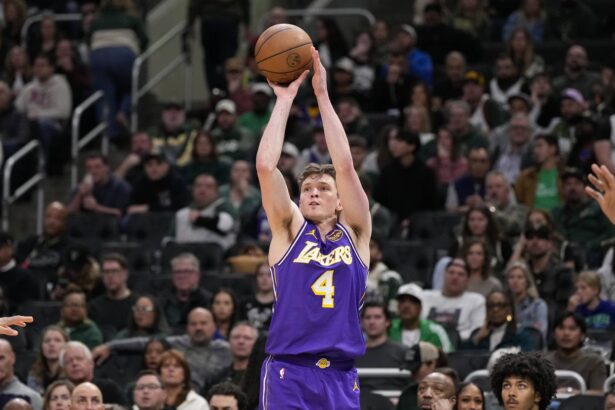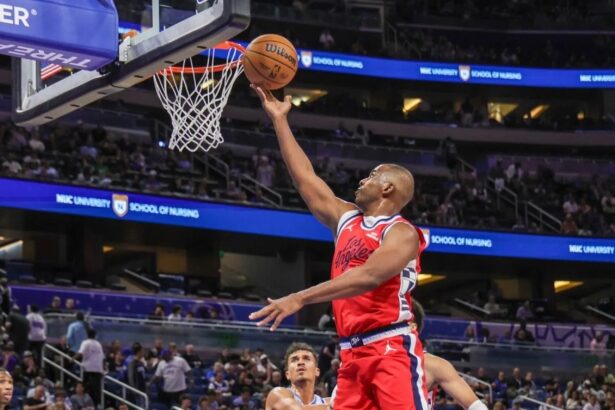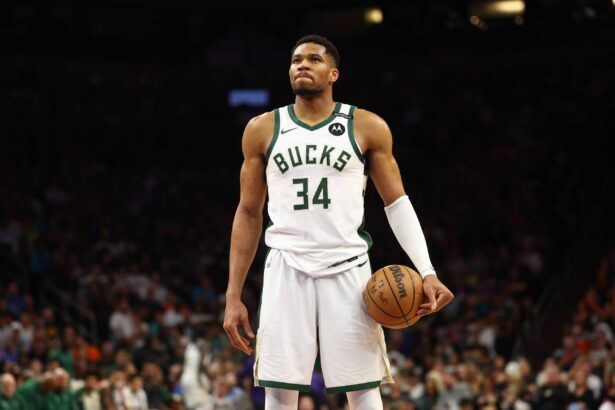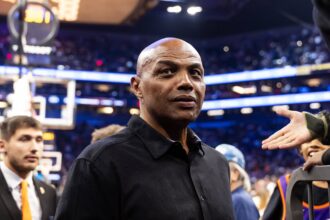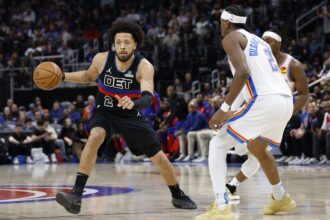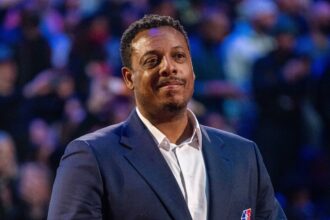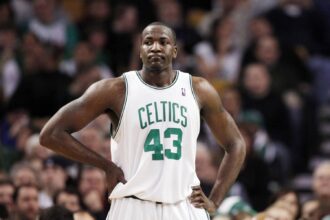Paul Pierce may have earned over $195 million during his Hall of Fame career, but when he got his first NBA paycheck: a cool $1 million, it didn’t take long for reality to hit.
Appearing on Club Shay Shay with Shannon Sharpe, Pierce broke down just how fast that money disappeared and how even NBA players can end up living paycheck to paycheck despite making what seems like generational wealth.
“Million, right. We had a lockout, so cut that in half. So then it’s 500,000. Taxes, cut that in half. Yeah. So really all I had was about like 200. So knock that down, I needed me an apartment to rent, probably 2,500, 3,000 at that time in L.A. and Boston.”
“When I tell you, my first year, I probably had about like 10,000 left. I hardly gave her anything. I had to sign cards, and I was like, it’s gonna come in. But man, I didn’t even get her a house my first year. I don’t think I got her a house till like my third year.”
“My maximum contract, my first contract, was 80 million. Right. So let’s cut that in half, 40. The agent fee. Then you talk about, you want to get a house. Now I got a big deal, I want to get a house now. So I spent like four or five million on the house. State taxes on that.”
“Now I got, you know, the family on payroll, boom. So now that’s about another like half a million, which every half a million costs you a million. And so it can go faster than you think. And then everybody ain’t making my money. The majority of the league is making way lower than that.”
“Now I want to go stand at the club, have nice meals. I want to go get a bottle, get that bottle service, $5,000 every time I go out to the club. Now, shoot, oh damn, I got, let me take care of this girl over here.”
“Let me tell her, 2,000 a month on rent. This is my girl. You know, I don’t want her to live with me, but I’ll make sure she got her apartment. Get her a little car to get around. This is my girl, I got her a little something. Then you’re going to go on at least one trip.”
“When you got about four or five of them and you pay for everything. ‘Where we going?’ ‘We going to stay at The Ritz.’ ‘Well, what room you got, P?’ ‘Oh, I got the penthouse suite.’ The Ritz, their regular rooms are 800 a night. And then you constantly doing that, right?”
“Man, people don’t know, if you ain’t got them endorsements… I was fortunate enough to have some endorsements, so I used to use my endorsement pay for that, put my NBA money over here, you know what I’m saying? But like for the guys who ain’t making max deals, man, you look up after five, six years, you look up and like, man, I’m check to check. That happens a lot.”
Paul Pierce’s point was clear: for NBA players, especially those new to wealth, the money goes faster than they ever imagined. Between taxes, agents, homes, family expenses, and lifestyle costs, even max players can feel broke.
The Truth also sheds light on how social pressures and nightlife culture can quietly drain a player’s finances.
Then come the lavish trips, where players often cover the entire bill for friends or partners, penthouse suites, private jets, and extravagant dining. Pierce estimated that with all the spending, players can easily burn through hundreds of thousands in months.
Fortunately for Pierce, endorsements from brands like Nike and, later, his signature sneaker deals helped him stay financially afloat early in his career.
Pierce’s honesty highlights a truth often hidden behind NBA glamour: financial literacy isn’t guaranteed with fame. Many players enter the league with little understanding of taxes, contracts, or wealth management.
In the end, Paul Pierce’s $10,000 lesson became a lifelong reminder. For young players chasing NBA dreams, his story isn’t just about basketball; it’s a warning about how quickly fortune can fade if you don’t know how to manage it.

